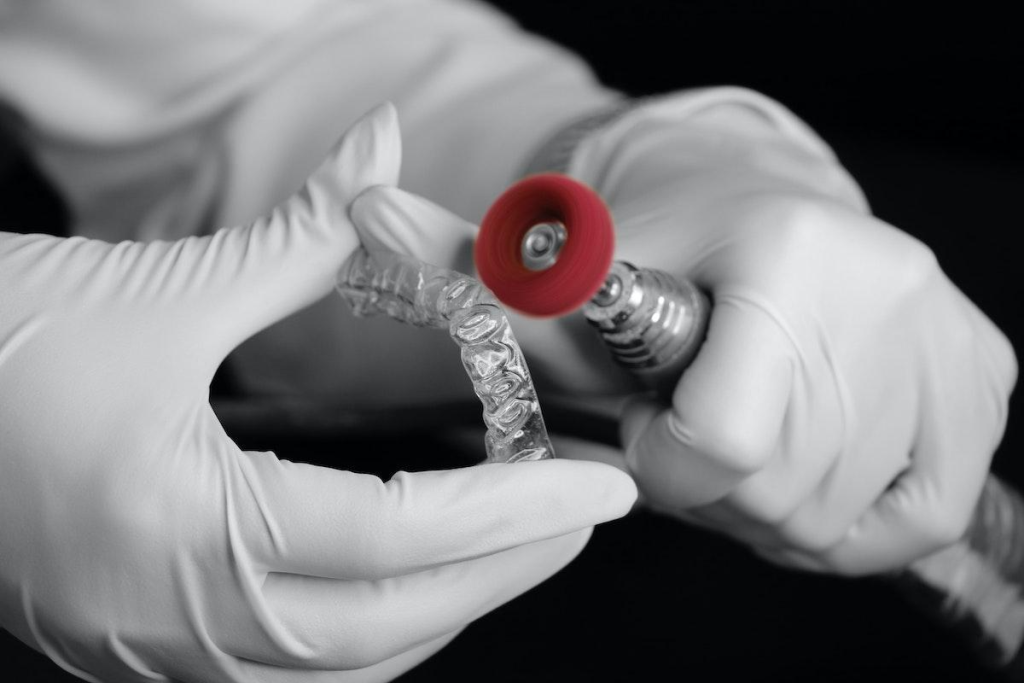Orthodontic treatment is becoming increasingly popular among both adolescents and adults. The use of braces to correct teeth alignment has been a reliable method for decades; however, with advancements in technology, there are now different types of braces available to suit the needs of different patients. The orthodontist Stoke-on-Trent can help patients to explore these options.
Traditional metal braces
Traditional metal braces consist of metal brackets and wires that are attached to the teeth. These are the most commonly used braces and are known for being effective in correcting even the most severe cases of malocclusion. They are also the most affordable option and can be used for both adolescents and adults.
Ceramic braces, sometimes known as “invisible braces”

Ceramic braces (also referred to as invisible braces) are known to be similar to the more traditional metal braces. Instead of metal brackets, however, they use tooth-coloured or transparent brackets which can blend in more closely with the teeth; this makes them a popular choice for patients who are inclined to find a subtle look. However, they can be more fragile than metal braces and require more care. They are considered suitable for both adolescents and adults.
Lingual braces
Lingual braces are placed behind the teeth, making them virtually invisible. They work similarly to traditional braces but are less visible due to the brackets being adhered to the backs of the teeth. It is possible that patients may benefit from specific hygiene advice when it comes to properly cleaning their teeth whilst undergoing treatment.
Invisalign
Invisalign aligners are a clear aligner system which utilises a series of custom-made trays, which are transparent, to gradually move teeth into alignment. They are virtually invisible, and patients can remove them to eat and brush their teeth. Invisalign aligners must be worn for at least the recommended 22 hours a day. They are suitable for both adolescents and adults.
How can a patient know which treatment is right for them?

The type of braces that is right for a patient depends on their specific preferences alongside their dental needs. For example, if a patient has severe malocclusion, traditional metal braces may be the most effective option. If a patient wants to experience a more subtle look, ceramic or lingual braces may serve them well. For those who wish to have the flexibility to remove their braces, Invisalign aligners could be a recommended treatment.
The patient needs to consult with an orthodontist Stoke-on-Trent to determine which type of braces is right for their individual needs. The dentist will be able to evaluate the patient’s teeth and provide a personalised treatment plan that helps to meet their needs and goals. Often this includes an examination of a patient’s mouth and teeth as well as a discussion about medical and dental history.
Benefits of straighter teeth
For patients who may be wondering whether undergoing teeth straightening treatment is worthwhile, it may be helpful to consider what the advantages are related to having straighter teeth. Confidence is an advantage which can have a real impact on those considering braces. Often patients have previously felt self-conscious about their smile, so straightening their teeth can bring them more confidence in smiling. It can also be easier to maintain good oral health regimes due to the teeth being positioned in greater alignment.
